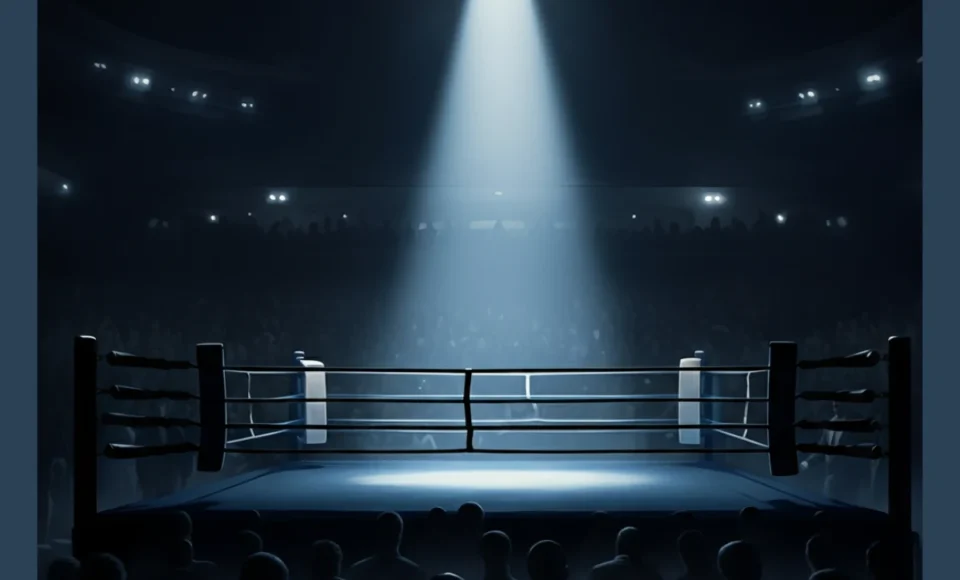LOS ANGELES, CA — More than twenty years since it first hit theaters, Brian De Palma’s Snake Eyes (1998) still grabs the attention of movie fans and critics alike. This film, starring Nicolas Cage in all his energetic glory, remains a vibrant example of 1990s thriller cinema with its striking visuals and intricate plot twists. From the moment the movie opens with its unforgettable long-take sequence, viewers are thrown into a whirlwind of suspense and drama that hasn’t lost its edge over time.
At its core, Snake Eyes (1998) tells the story of a morally grey detective caught in the chaos of an assassination during a high-profile boxing match. The event sends shockwaves through the arena, locking in 14,000 witnesses—and one relentless cop. De Palma’s trademark style transforms a simple investigation into a labyrinth of secrets and deception. While the film divided audiences and reviewers at its release, its bold approach and unique storytelling have built a dedicated cult following.
A Conspiracy Unfolds in Real Time
The magic of Snake Eyes lies in how quickly the stakes skyrocket. Nicolas Cage plays Rick Santoro, a loud, rule-bending Atlantic City cop with a knack for finding trouble. A championship fight, a shocking assassination, and suddenly, Santoro is in the thick of a conspiracy with national implications. By teaming up with Commander Kevin Dunne, played by Gary Sinise, he’s pulled deeper into a puzzle where trust is in short supply.
The Daring Opening Sequence
One of the film’s most iconic moments arrives before the first act is done—a mesmerizing 13-minute single shot that weaves through the electricity of the stadium. This technical feat welcomes viewers into the maze of characters and storylines, setting the tone for a thriller where perspective and truth are never straightforward.
Shifting Realities
De Palma made sure Snake Eyes isn’t just another whodunit. The narrative flips back and forth between competing versions of the same event, keeping audiences guessing until the final reveal. It’s this cloak-and-dagger storytelling that keeps people talking about the film decades later.
Brian De Palma’s Signature Style Is Front and Center
There are few directors with a style as instantly recognizable as Brian De Palma’s. In Snake Eyes (1998), his flair is everywhere—from dynamic split screens to clever camera angles and bold nods to Hitchcock classics. Every shot is composed with passion and precision, helping to build the film’s tense, almost claustrophobic atmosphere. For fans of De Palma, this movie is a visual feast.
Nicolas Cage Lights Up the Screen
If you love Nicolas Cage’s high-octane performances, Snake Eyes is required viewing. Cage delivers the goods as Rick Santoro, balancing wild bravado with flashes of honesty and doubt. He’s at his best swirling through the chaos, making the detective’s journey equal parts unpredictable and deeply human. That balance between over-the-top and vulnerable is what draws fans back to his work.
The Supporting Cast Brings Depth
Of course, Snake Eyes (1998) owes much of its drama to a talented supporting cast. Each actor brings texture and nuance to a film already packed with twists and turns.
- Gary Sinise as Commander Kevin Dunne: Sinise offers a controlled, subtle performance as Santoro’s longtime friend, anchoring some of the movie’s biggest reveals.
- Carla Gugino as Julia Costello: Gugino adds mystery and a sense of urgency as the key witness hiding from those who want to silence her.
- Stan Shaw as Lincoln Tyler: Playing the heavyweight fighter, Shaw becomes the unexpected link in the chain of clues, caught up in a night that changes everything.
Critical Response and Box Office Story
When Snake Eyes arrived in 1998, critics had mixed feelings. Many praised the technical bravado—especially that legendary opening—but weren’t all sold on the way the story wrapped up. Still, there’s no denying the movie’s impact on thriller fanatics and students of film. For a detailed breakdown of reviews and box office stats, you can check out the Snake Eyes (1998) page on IMDb.
Points that highlight its journey:
- Visual Prowess: Cinematography and set design were widely applauded.
- Plot Complexity: Some critics loved the winding, surprise-filled narrative; others wanted a more straightforward mystery.
- Box Office Performance: Snake Eyes (1998) made a decent run at the box office, standing out in a crowded year for thrillers.
The Lost Ending
Fans and historians often debate the film’s original finale—a massive tsunami that De Palma planned but had to scrap due to technical limitations. The changed ending left some hoping for more, but it remains a fun piece of movie trivia.
Gaining Cult Status
With time, many have come to appreciate Snake Eyes for its visual risks and all-in performances. It stands tall among cult thrillers, beloved by an audience that relishes its ambition and style.
Conclusion: Why Snake Eyes (1998) Still Matters
Snake Eyes (1998) is far from your ordinary whodunit. It’s a film that thrives on its memorable scenes, bold direction, and Cage’s rollercoaster performance. While not perfect, it’s a must-watch for anyone who values thrillers with visual flair and daring ideas. Whether you’re new to De Palma’s world or revisiting this cult favorite, Snake Eyes delivers a ride that keeps you glued to your seat—and your mind working long after the credits roll.
You may also read : Raul Malo: The Timeless Voice of The Mavericks

